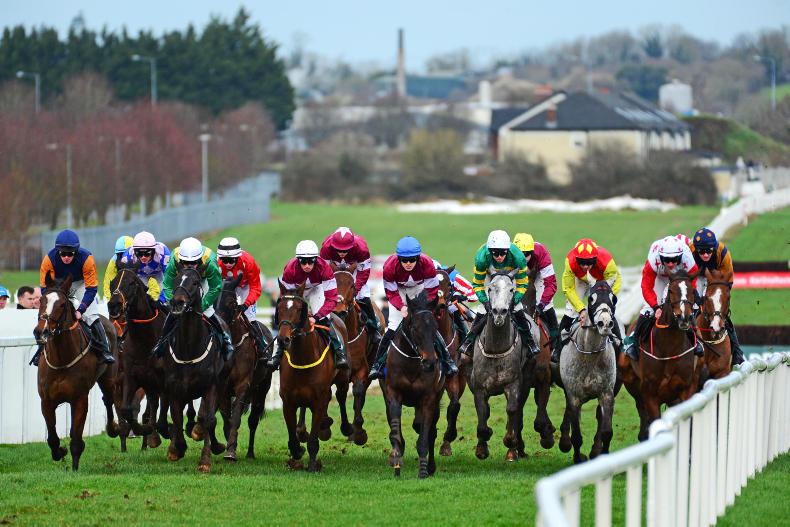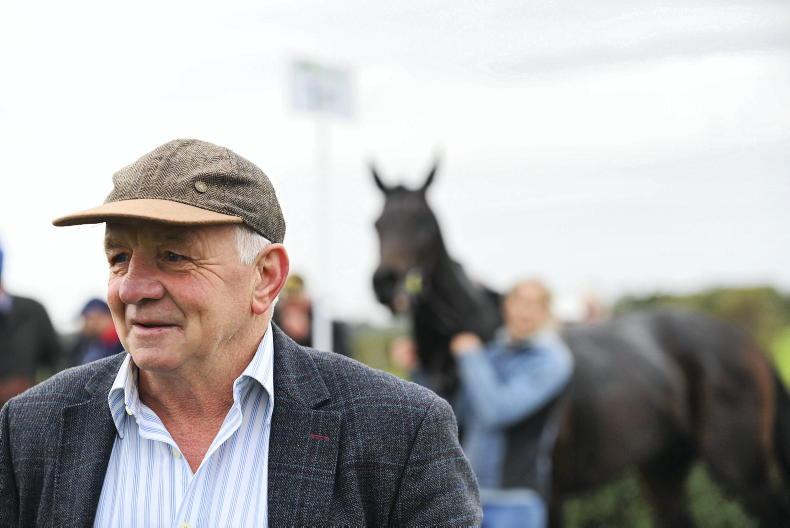THERE was a 78% increase in whip-related penalties in Irish racing last year. The increase was revealed today by the Irish Horseracing Regulatory Board in its integrity statistics for 2019.
Denis Egan, chief executive of the IHRB, said: “This is as a result of the new more stringent whip rules which were introduced in April 2019 under which the maximum number of strikes allowable was significantly reduced to eight. That said, we have found the rate of offending has been reducing as riders become more familiar with the changes.”
The statistics published include stewards’ enquiries, appeals and referrals hearings, drug/alcohol testing of riders, drug testing of horses, licences, medical statistics and handicap ratings.
Drug testing
Among the key factors from the 2019 statistics was the increase of drug testing among riders and the decrease in positive tests returned. In total, 381 riders were tested across 34 race meetings and eight Point to Point meetings.
There was also an increase in the number of samples taken from horses in 2019 with a decrease in the number of positive tests returned.
Two notable increases of rule breaches came in the areas of the whip rules and vaccination rules. However, the new whip rules which were introduced in Irish racing in April and the Equine Influenza outbreak in early 2019 can be considered as contributing factors to these increases.
Licences issued fall
There was a decrease in the number of licences issued to Trainers in 2019 and it was significant that one of the trainer's courses had to be cancelled due to low numbers, however a course for new Trainers is scheduled to take place in 2020 and that is now fully subscribed.
Commenting on the figures Denis Egan, Chief Executive of the Irish Horseracing Regulatory Board, said: “There are some very significant changes in the statistics when compared to previous years with the most significant increase being in penalties imposed for whip rule breaches which are up 78% to 379. This is as a result of the new more stringent whip rules which were introduced in April 2019 under which the maximum number of strikes allowable was significantly reduced to eight. That said, we have found the rate of offending has been reducing as riders become more familiar with the changes."
Commenting on the licensing statistics, Denis Egan stated: “It is worrying that the number of trainers’ licences fell in 2019 with a 16.5% decrease in National Hunt licences noted. However, there may be more positive signs in the fact that we do have 16 people who are enrolled on a new Trainers course this year. The course was due to begin this month but is now temporarily delayed due to the current circumstances related to COVID-19.”
Medical statistics
Reflecting on the medical statistics, Dr. Jennifer Pugh, noted that the injury rate per fall continues to decline year on year.
"While there were a number of vertebral fractures, none had resulted in spinal cord injury and there was no increase in visceral injuries in 2019. The impact of the higher standard Level 2 Safety Vest, which was introduced three years ago, continues to be monitored”.
Dr. Pugh added: “Concussion rates also continue to be monitored and the increase seen among National Hunt jockeys over the last two years and in Flat racing in 2019 may be attributable to quicker ground conditions for the best part of the year along with better detection methods and a recognition by the riders of the importance of reporting symptoms."


 This is a subscriber-only article
This is a subscriber-only article
 It looks like you're browsing in private mode
It looks like you're browsing in private mode









SHARING OPTIONS: